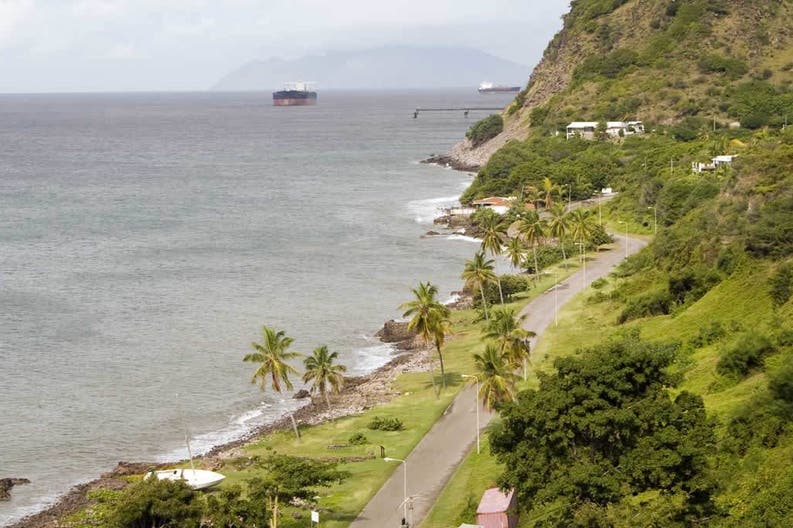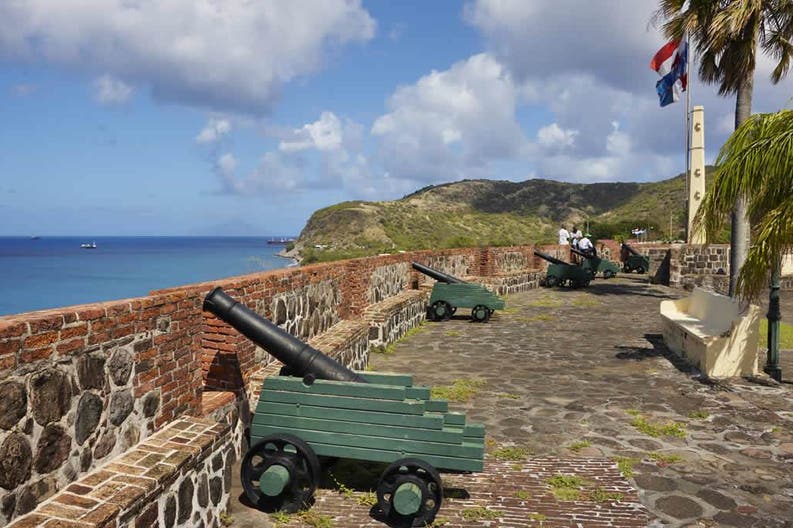Sint Eustatius - The places of your holidays on a sailing yacht and catamaran
Discover Sint Eustatius with Vivitravels, it is a Caribbean Island lapped by Atlantic Ocean. Discover its important history and visit its ruins still present.
Sint Eustatius
Sint Eustatius is a Caribbean island located to the south of the British Virgin Islands, also known as Statia.
The island is very small, it only covers 21 km2 and is characterized by a saddle-shape and the presence of the dormant volcano Quill to the south-east and the mountains Singal Hill/Little Mountain and Boven Mountain to the north-west, while its evocative coastline shows amazing cliffs which descend into sea. The flora is quite homogeneous, it especially grows on the sides of the volcano, where it is possible to find a rainforest which includes ferns, begonias, bromelias and banana trees. Terrestrial fauna is poor, it is possible to spot harmless snakes, iguanas, lizards, goats, cows and donkeys. On the contrary, maritime fauna is very lively, rich and colourful. The islet also hosts national parks, such as Quill/Boven Park, Botanic Garden and the Marine Park, where it is possible to admire beautiful examples of the maritime flora and fauna but also significant historical remains.
Sint Eustatius boasts an important historical background. It was discovered by Christopher Columbus, then Dutch, French and English took control of the island. Between the 17th and the 18th centuries, the Dutch established on the island a free port and Sint Eustatius became one of the most important Caribbean centres for commerce, slavery and smuggling. At that time the island was rich in precious materials and objects, such as clothes, gold, silver, spices, saffron, sugar, rum and fire-arms stolen from the galleons, which can still be observed in the Marine Park. The capital city, Oranjestad, has been capable to preserve the memories of its flourishing past. Here, it is possible to visit the museum, the Dutch church and the ruins belonging to the second oldest synagogue of the Americas.
Nowadays, the island is a calm and peaceful destination. Massive tourism is not already developed, because its beaches are not comparable for beauty to the ones belonging to the nearby islands. Anyway, Sint Eustatius has to be discovered: its important history as well as its rich underwater life, which allows the island to be remebered as a real paradise for scuba divers, can be very interesting for visitors.









